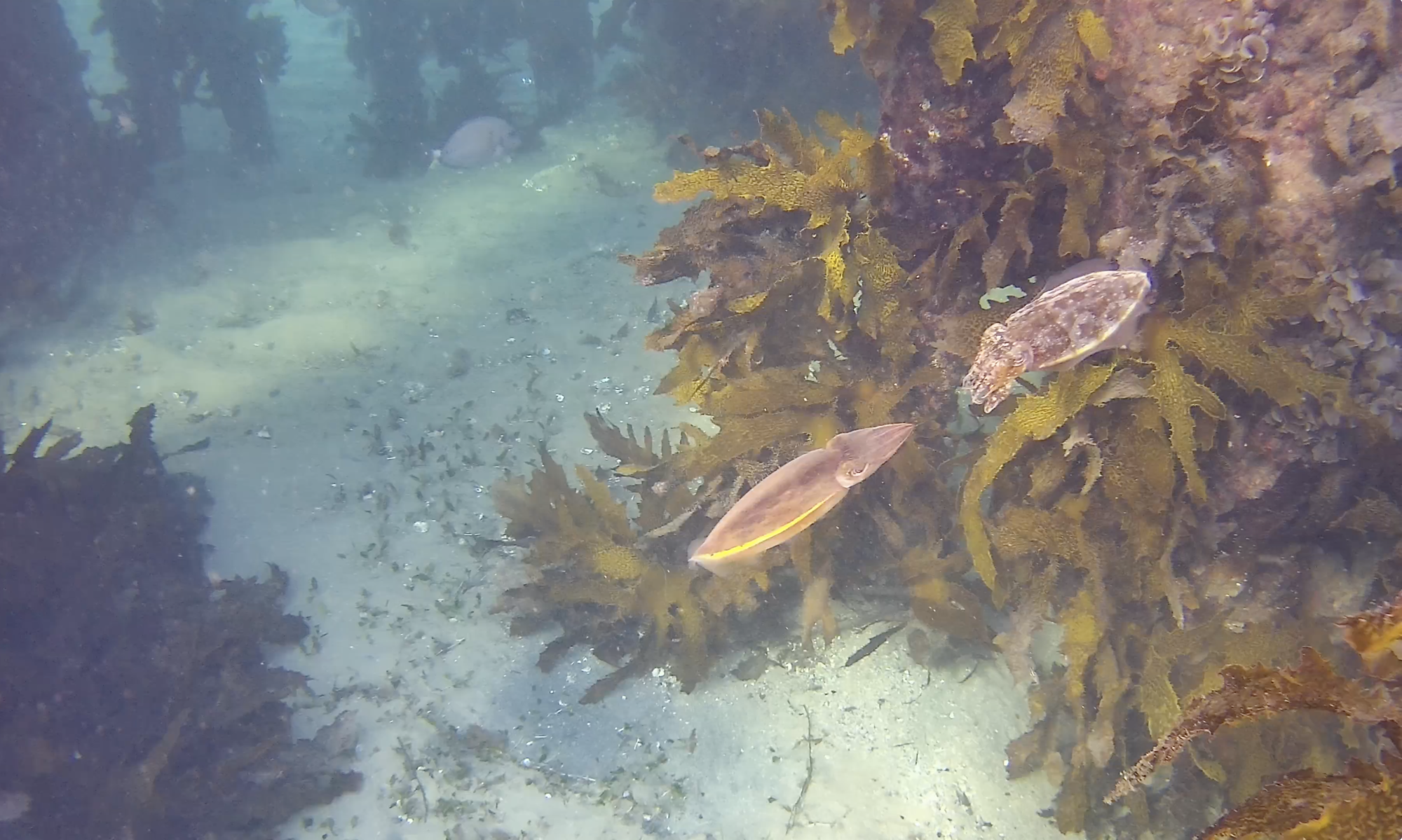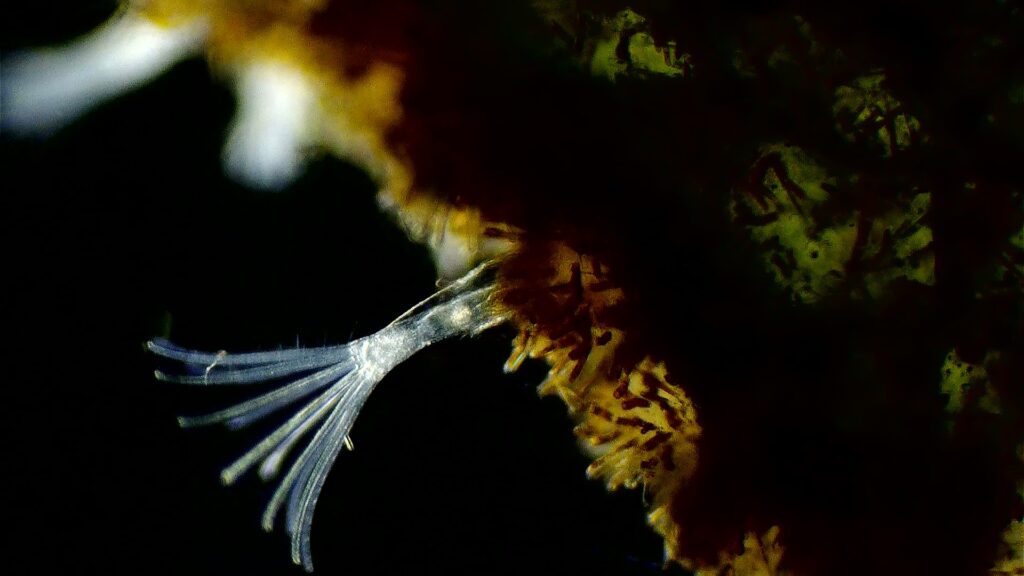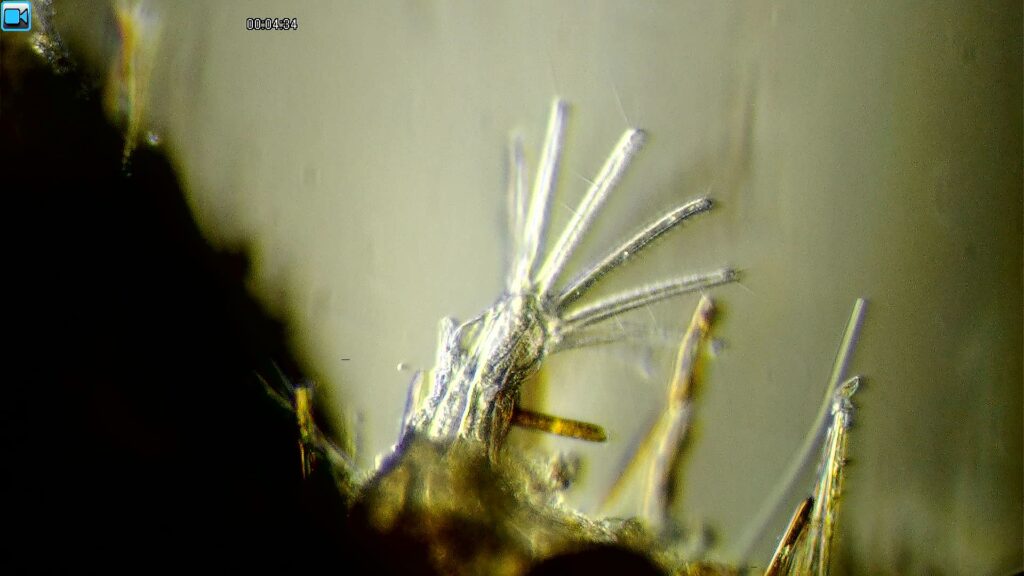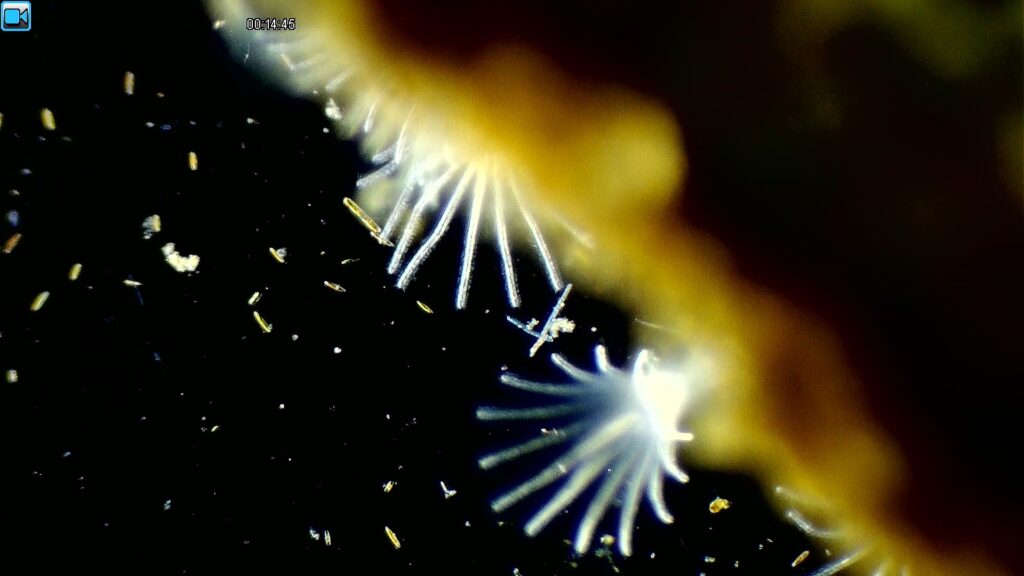MBARI’s ROV Ventana spotted this very rare barreleye fish (Macropinna microstoma) last week, with a see-through head!
MBARI’s ROV was cruising at a depth of ~2,132 feet (650 meters) in the Monterey Submarine Canyon, one of the deepest submarine canyons on the Pacific coast.
The barreleye has two eyes that glow bright green in the ROV lights and a clear, fluid-filled shield that covers its head. The eyes are incredibly light-sensitive and can be oriented straight up, towards the top of the fish’s head, or straight ahead, according to MBARI. Two dark-colored capsules sit in front of the fish’s eyes and contain the organs the animal uses to smell.
Full articles at: MBARI and Live Science 09dec21




